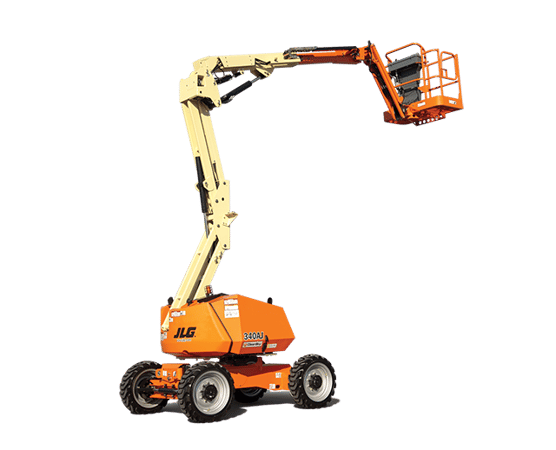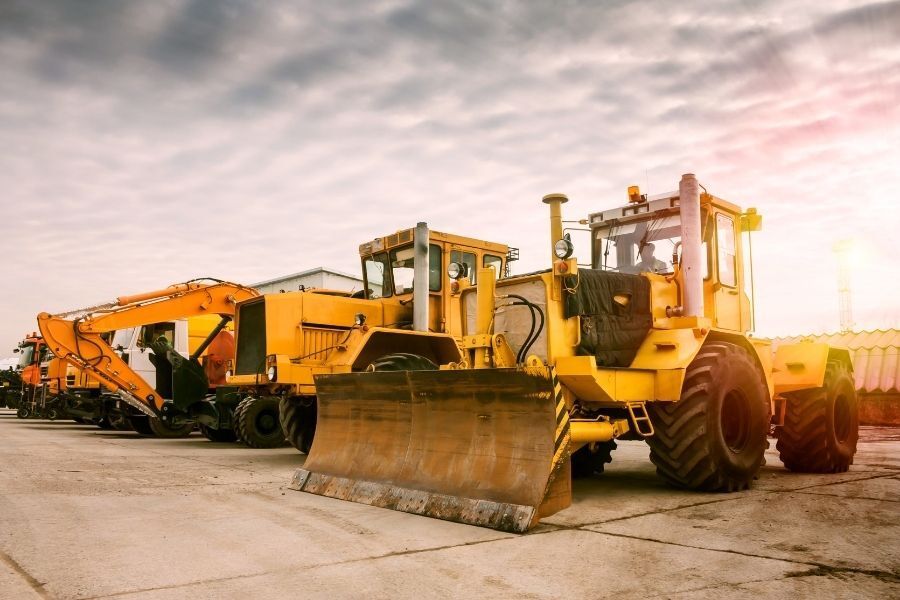Boom Lift Rental: Economical and Dependable Lifts for Any Kind Of Job
Boom Lift Rental: Economical and Dependable Lifts for Any Kind Of Job
Blog Article
Maximize Your Budget by Recognizing the Prices Related To Construction Tools Leasings
Understanding the full range of prices associated with building tools services is essential for optimizing your spending plan. What techniques can be utilized to properly take care of these costs and guarantee an extra reliable rental experience?
Overview of Rental Prices
When thinking about construction devices rentals, comprehending the associated expenses is paramount for efficient budgeting and task planning. Rental prices can vary dramatically based on a number of factors, including tools type, period of rental, and place. The first rental charge usually shows the tools's market demand and its connected functional abilities, affecting the total expense.
Along with the base rental price, ancillary expenses might arise, such as transportation charges, gas surcharges, and maintenance fees. It is necessary to represent these added expenditures to accurately evaluate the complete price of leasing equipment. Additionally, the rental period can influence prices; longer rentals may get approved for affordable rates, while short-term leasings may sustain greater daily charges.

Break Down of Rental Rates
A comprehensive understanding of rental prices is crucial for service providers and task managers aiming to maximize their spending plans. Rental rates for construction equipment commonly contain a number of components, consisting of base prices, time-based charges, and use charges.
Base rates are the core charges connected with the leasing of the equipment, usually established by the kind and size of the equipment. These rates can differ substantially, affected by elements such as tools demand, accessibility, and local market patterns. Time-based fees, which might be daily, weekly, or monthly, serve to accommodate different job timelines and rental durations.
In addition, rental rates might consist of usage fees, which are relevant when devices is utilized past a specified limit, guaranteeing that the rental firm can represent damage. Seasonal demand variations can likewise influence rental rates, with peak building and construction seasons commonly commanding greater prices.
In addition, understanding the rental firm's policies relating to upkeep and insurance can give further understanding right into the overall expense framework. By evaluating these parts, contractors can make educated choices, ensuring the choice of rental tools aligns with both project demands and spending plan constraints.
Extra Charges to Think About
Recognizing the details of added costs is crucial for professionals to manage their overall rental expenses efficiently. Beyond the conventional rental rates, different extra fees can substantially affect the overall expense of equipment rental. These costs often consist of distribution and pick-up pop over to this web-site fees, which can vary based on range and logistics associated with moving the tools to and from the task site.
Moreover, some rental firms might impose fuel surcharges if the devices is returned with much less gas than when rented out. It is likewise necessary to understand possible cleaning fees, specifically for specific devices that needs comprehensive maintenance after usage.

Thoroughly examining the rental contract and making clear More about the author these extra fees in advance can help service providers prevent unexpected expenses and ensure that spending plans stay undamaged throughout the job lifecycle.
Upkeep and Repair Work Expenditures
Regular repair and maintenance expenditures are frequently ignored factors that can substantially influence the general price of construction devices services. When renting devices, it is crucial to think about not just the rental fees however additionally the potential costs connected with maintaining the machinery in ideal operating problem.
Several rental companies include fundamental upkeep as component of the rental agreement; nevertheless, a lot more considerable repairs or unforeseen malfunctions can cause added expenses. It's vital to evaluate the rental agreement very carefully to comprehend what upkeep solutions are covered and what responsibilities drop on the occupant.
In addition, equipment that is not well-maintained can result in construction equipment for sale near me ineffectiveness on the task site, possibly causing delays and enhancing project costs. To mitigate these risks, it is advisable to perform normal examinations and keep open interaction with the rental copyright pertaining to any kind of problems that occur during use.
Insurance Policy and Responsibility Prices
Insurance coverage and obligation costs are critical parts that can dramatically affect the general expense of building and construction devices leasings (heavy equipment rental). These prices guarantee that both the rental company and the customer are safeguarded from potential economic losses occurring from accidents, damages, or theft throughout the rental period

Additionally, customers should be conscious of any kind of deductibles or exclusions in the insurance coverage, as these can impact prospective out-of-pocket costs. Recognizing the terms of any kind of insurance coverage is crucial to avoid unforeseen expenses. Inevitably, budgeting for insurance and obligation expenditures can aid guarantee a smoother rental experience and secure versus financial risks connected with building and construction projects.
Final Thought
In verdict, a thorough understanding of the prices connected with construction equipment services is necessary for efficient budget plan management. Inevitably, notified decision-making concerning equipment services contributes to the overall success of building and construction ventures.
Rental costs can differ substantially based on a number of factors, consisting of equipment kind, duration of rental, and area (boom lift rental). The rental duration can affect rates; longer leasings might certify for discounted prices, while short-term services may incur greater daily charges
By performing detailed research study and involving with credible rental firms, contractors can properly navigate the intricacies of rental pricing, eventually optimizing their financial sources.
Past the conventional rental prices, different auxiliary fees can dramatically impact the overall price of equipment leasing. Rental firms often supply responsibility insurance that covers injuries to third events or damages to home, while tools damage insurance can cover the expense of repair services or substitute if the rented devices is damaged.
Report this page